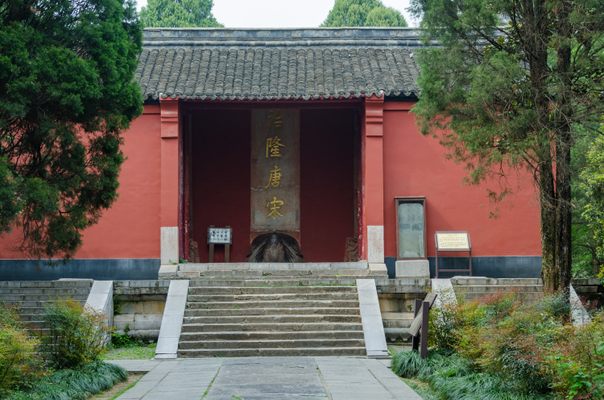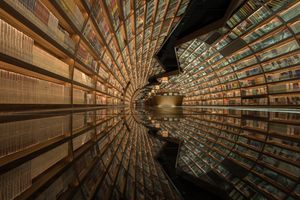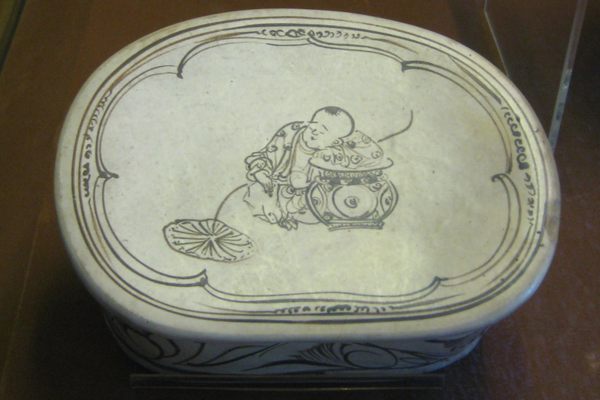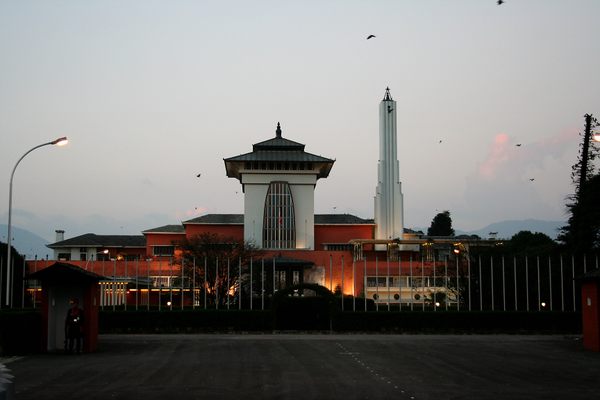About
Zhu Yuanzhang, also known as the Hongwu Emperor, founded the Ming dynasty. His tomb, Ming Xiaoling, is in Nanjing. This makes him the only Ming dynasty emperor to be buried outside of Beijing. His mausoleum is not just unusual for its location, it is also one of the largest Imperial mausoleums in existence.
The construction of the Hongwu Emperor's mausoleum began in 1383, when he was still alive. In the 24 years it took to complete, the emperor died and his son, Yongle Emperor, had come into power.
A legend holds, to protect the tomb from robbers, 13 identical funeral processions were begun from 13 different city gates to hide the true location of Zhu Yuanzhang's tomb. The mausoleum area covers more than 2,600 meters and is made up of over 30 buildings. Ming Xiaoling follows the layout typical for a palace, rather than a tomb, in a break from the tradition of the time. The change set a trend and over the next 500 years, more than 20 imperial mausoleums followed this tomb design.
To begin a visit to this tomb complex start at the beginning of the 1800-meter "spirit path" or "sacred way." The processional path leading to the tomb is lined with pairs of stone statues including lions, camels, elephants, and horses, which are meant to act as guardians of the tomb and drive away evil spirits. Hidden among the statues of exotic animals are two mythical creatures: xiè zhì, which has a mane and a single horn, and qílín, which has a scaly body, a cow’s tail, a deer’s hooves, and one horn.
The route to the tomb then continues along Wengzhong Road. This part of the path to the tomb has pairs of statues representing ministers and generals who have stood guard for centuries, also protecting the tomb from anyone wishing to do evil to the emperor. The Lingxing Gate at the end of Wengzhong Road was destroyed at some point, but was reconstructed in 2006.
Eventually, you'll come to the grand stone frontage of the tomb at the end of the processional path. The wall that literally towers over visitors is a retaining wall for the huge earth tumulus, called Mínglóu, beneath which is the unexcavated tomb of the emperor. On the wall is an inscription that translates to "This hill is the tomb of the first Ming emperor." Inside the gates, you will come upon a tortoise supporting a carved stone stele, topped by intertwining dragons. The inscription on the stele lists the merits and virtues of the Hongwu Emperor, as written by his son.
At the time of my visit, Nanjing's Sifangcheng did not have a roof, this was destroyed during the Taiping Rebellion. However, engineers were researching the possibility of undertaking restoration work and replacing the roof.
All the other Ming emperors are buried at the Ming Tombs just outside of Beijing. Emperor Zhu Yuanzhang, is not in Nanjing alone however, his wife, Queen Ma, was buried here in 1384.
Related Tags
Know Before You Go
To get to Ming Xiaoling, you can take Metro line 2 to Muxuyuan, leave from Exit 1, and walk north for 20 minutes. Alternatively, you can take bus 20, 315, or G5 to Mingxiaoling (Xiaoling Mausoleum of Ming Dynasty).
Address in Chinese for taxi journeys: 江苏省南京市玄武区 210000
Published
October 3, 2022











































